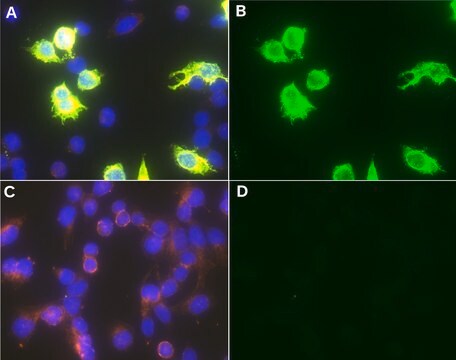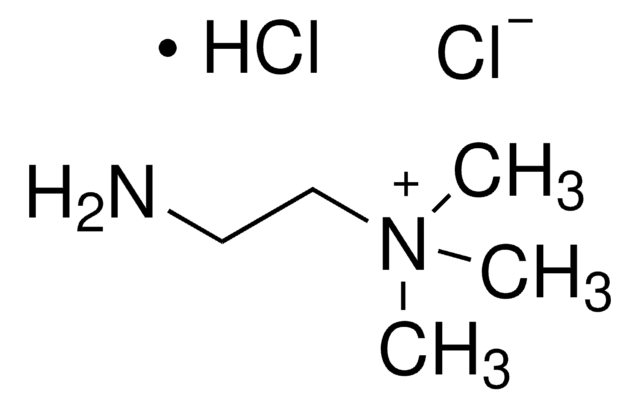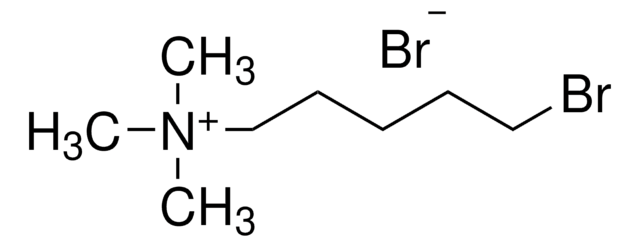C4049
Chlorocholine chloride
suitable for plant cell culture, BioReagent
Synonym(s):
Cycocel, (2-Chloroethyl)trimethylammonium chloride, Chlormequat chloride, Choline dichloride
About This Item
Recommended Products
product line
BioReagent
Quality Level
form
powder
technique(s)
cell culture | plant: suitable
application(s)
agriculture
SMILES string
[Cl-].C[N+](C)(C)CCCl
InChI
1S/C5H13ClN.ClH/c1-7(2,3)5-4-6;/h4-5H2,1-3H3;1H/q+1;/p-1
InChI key
UHZZMRAGKVHANO-UHFFFAOYSA-M
Looking for similar products? Visit Product Comparison Guide
General description
Biochem/physiol Actions
Signal Word
Danger
Hazard Statements
Precautionary Statements
Hazard Classifications
Acute Tox. 3 Dermal - Acute Tox. 4 Oral
Storage Class Code
6.1C - Combustible acute toxic Cat.3 / toxic compounds or compounds which causing chronic effects
WGK
WGK 2
Flash Point(F)
Not applicable
Flash Point(C)
Not applicable
Personal Protective Equipment
Choose from one of the most recent versions:
Already Own This Product?
Find documentation for the products that you have recently purchased in the Document Library.
Customers Also Viewed
Our team of scientists has experience in all areas of research including Life Science, Material Science, Chemical Synthesis, Chromatography, Analytical and many others.
Contact Technical Service













